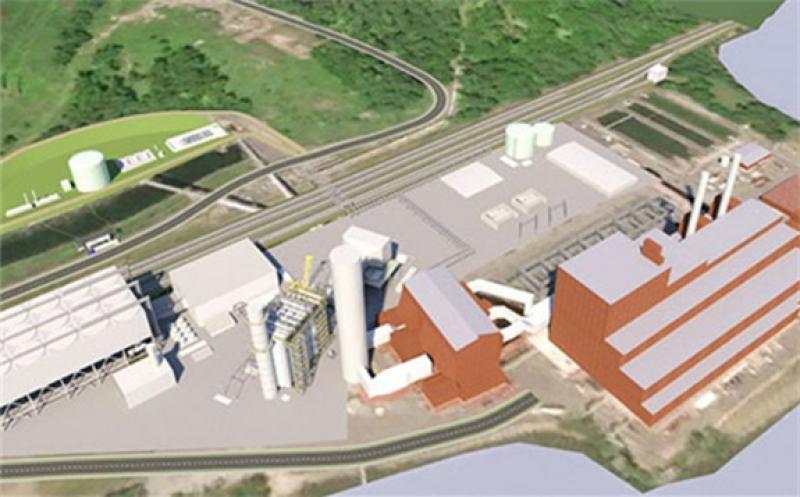Three projects in the US are to implement the first green hydrogen standard packages for power balancing and energy storage.

The three projects are for the Danskammer Energy upgrade initiative in Newburgh, New York, with a capacity of 600 MW; for Balico in Virginia; and for EmberClear for its fully permitted 1,084 MW Harrison Power Project in Cadiz, Ohio.
These projects are the world’s first to use standard packages for green hydrogen integration. The combined investment is over $3 billion.
Mitsubishi Power developed the Hydaptive and Hystore packages with inspiration from two earlier green hydrogen projects, the Advanced Clean Energy Storage project for storage in salt caverns and the Intermountain Power Project, in Delta, Utah.
The Hydaptive package provides renewable energy flexibility by acting as a near-instantaneous power balancing resource to enhance the ability of a simple cycle or combined cycle power plant to ramp output up and down to provide grid balancing services.
It integrates a hydrogen and natural gas fueled gas turbine power plant with electrolysis to produce green hydrogen using 100% renewable power and onsite storage of green hydrogen.
The Hystore package combines the Hydaptive package with access to large-scale off-site hydrogen production and storage infrastructure. This enables large-scale renewable energy storage that shifts variable renewable energy over time, from hours to seasons.
These standard packages are aimed to cut through the complexity power generators and grid operators encounter when integrating renewable power, gas turbines, green hydrogen and other energy storage technologies, according to a company statement.
“[The] three projects will utilize the Hydaptive package to provide greatly improved power plant flexibility and make a power plant ‘hydrogen ready’ as hydrogen infrastructure matures and renewable storage requirements increase,” says Paul Browning, president and CEO of Mitsubishi Power Americas. “With these projects and others to come, we will create a true path to the zero-carbon power grid of the future.”
The green hydrogen energy storage system includes three key elements. First, electrolysis plants convert excess renewable energy into hydrogen. Next, storage mediums such as salt caverns, pipelines or above ground vessels store this ‘green hydrogen’ for hours to seasons, depending on the grid’s needs. Finally, hydrogen-enabled simple cycle or combined cycle gas turbine power plants convert the green hydrogen into centralized dispatchable electricity. Together, this storage system enables further balancing of renewable energy
Power balancing and energy storage are considered essential components to integrate renewables at scale and successfully operate a low-carbon power grid.